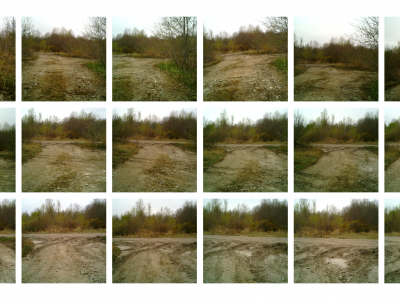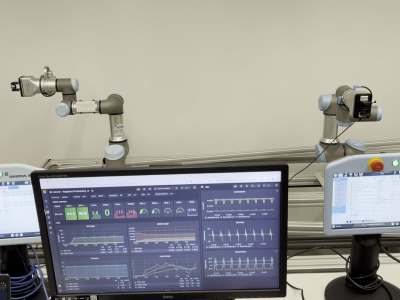Autonomous Robots

Precise modeling of dynamical systems can be crucial for engineering applications. Traditional analytical models often struggle when capturing real-world complexities due to challenges in system nonlinearity representation and model parameter determination. Data-driven models, such as deep neural networks (DNNs), offer better accuracy and generalization but require large quantities of high-quality data.
- Categories:
 167 Views
167 ViewsAutomated and autonomous industrial inspection is a longstanding research field, driven by the necessity to enhance safety and efficiency within industrial settings. In addressing this need, we introduce an autonomously navigating robotic system designed for comprehensive plant inspection. This innovative system comprises a robotic platform equipped with a diverse array of sensors integrated to facilitate the detection of various process and infrastructure parameters.
- Categories:
 320 Views
320 ViewsIndustrial cyber-physical systems (ICPS), which is the backbone of Industry 4.0, are the result of adapting emerging information communication technologies (ICT) to the industrial control systems (ICS). ICPS utilize autonomous robotic arms to accomplish manufacturing tasks. These arms follow a certain predetermined trajectory during the task.
In this dataset, we present four files generated from a setup that contains two Universal Robot UR3e collaborative robotic arms:
- Categories:
 1131 Views
1131 ViewsIn this study, we present advances on the development of proactive control for online individual user adaptation in a welfare robot guidance scenario, with the integration of three main modules: navigation control, visual human detection, and temporal error correlation-based neural learning. The proposed control approach can drive a mobile robot to autonomously navigate in relevant indoor environments. At the same time, it can predict human walking speed based on visual information without prior knowledge of personality and preferences (i.e., walking speed).
- Categories:
 245 Views
245 ViewsThis paper introduces an edge-controlled autonomous robot with a gyro-stabilized active suspension system in form of a hybrid quadrupedal wheel drive mechanism, capable of detecting free pathways with an angular resolution of 1 degree and steering the robot in that direction. This features the computer-aided prototyping of the robot as a complete multisensory mechatronic system. Also, several algorithmic models were used in developing the robot’s software, which includes suspension control and pathfinding algorithms.
- Categories:
 325 Views
325 Views



